Panicum virgatum
Switchgrass
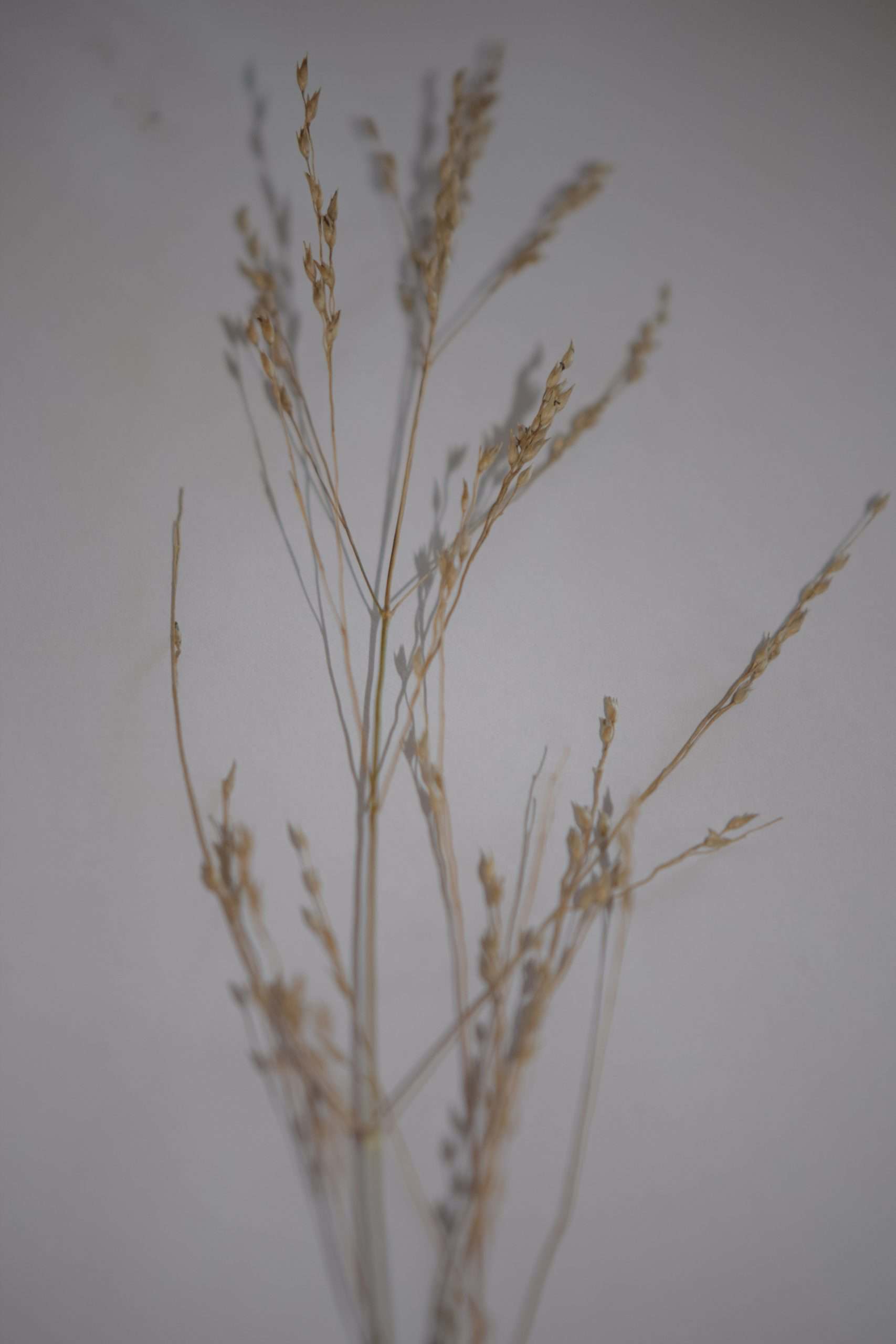
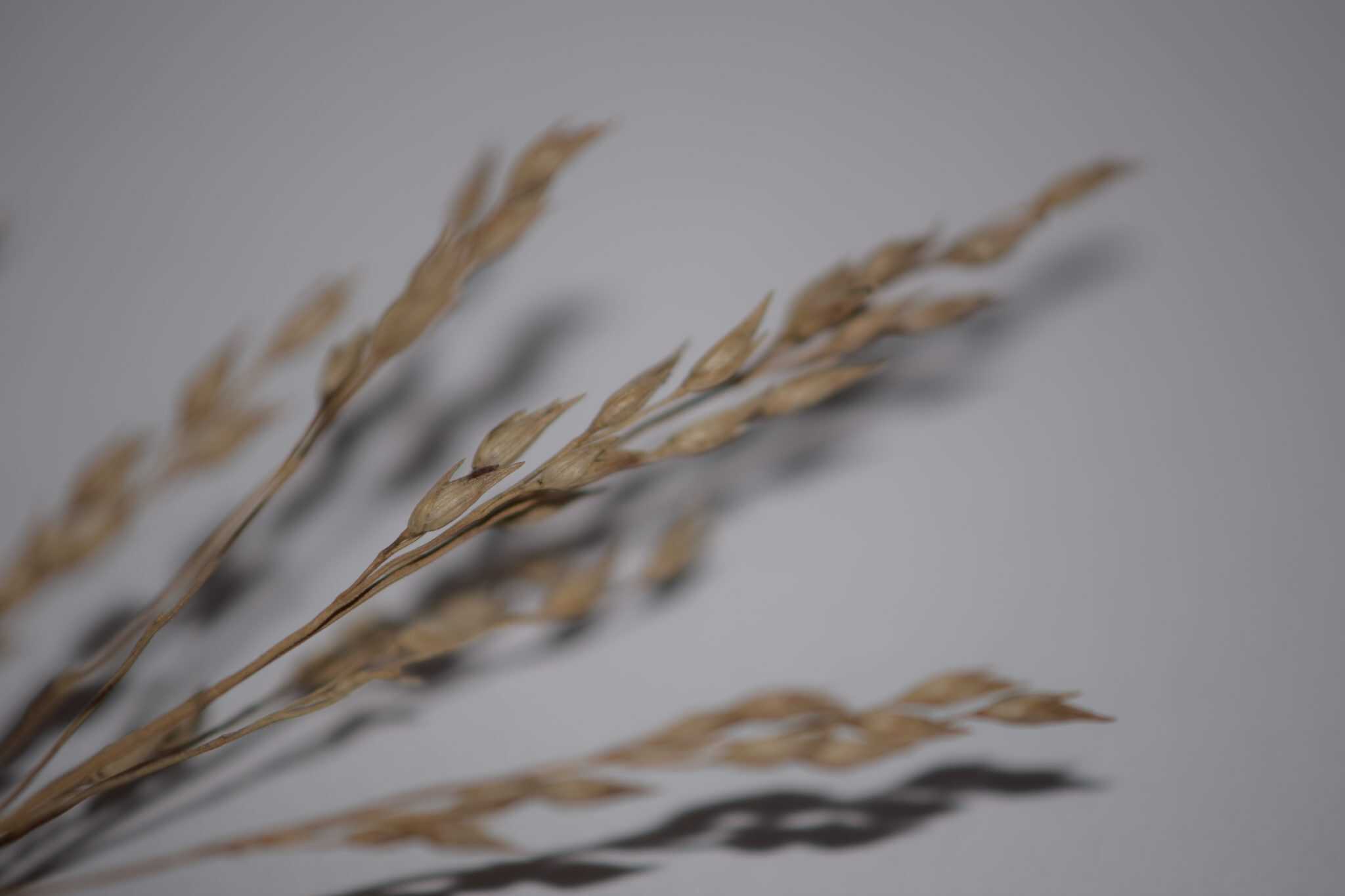
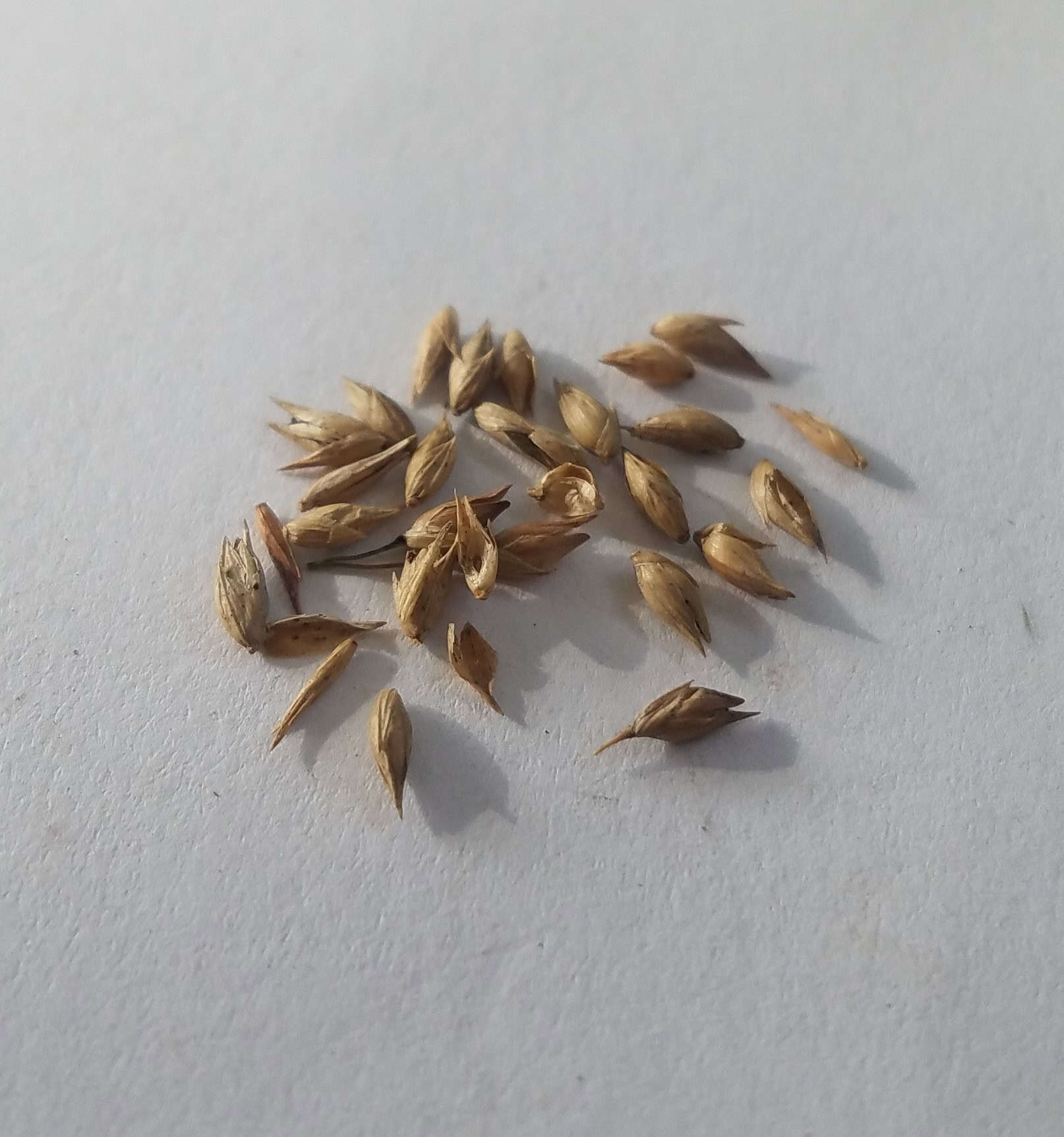
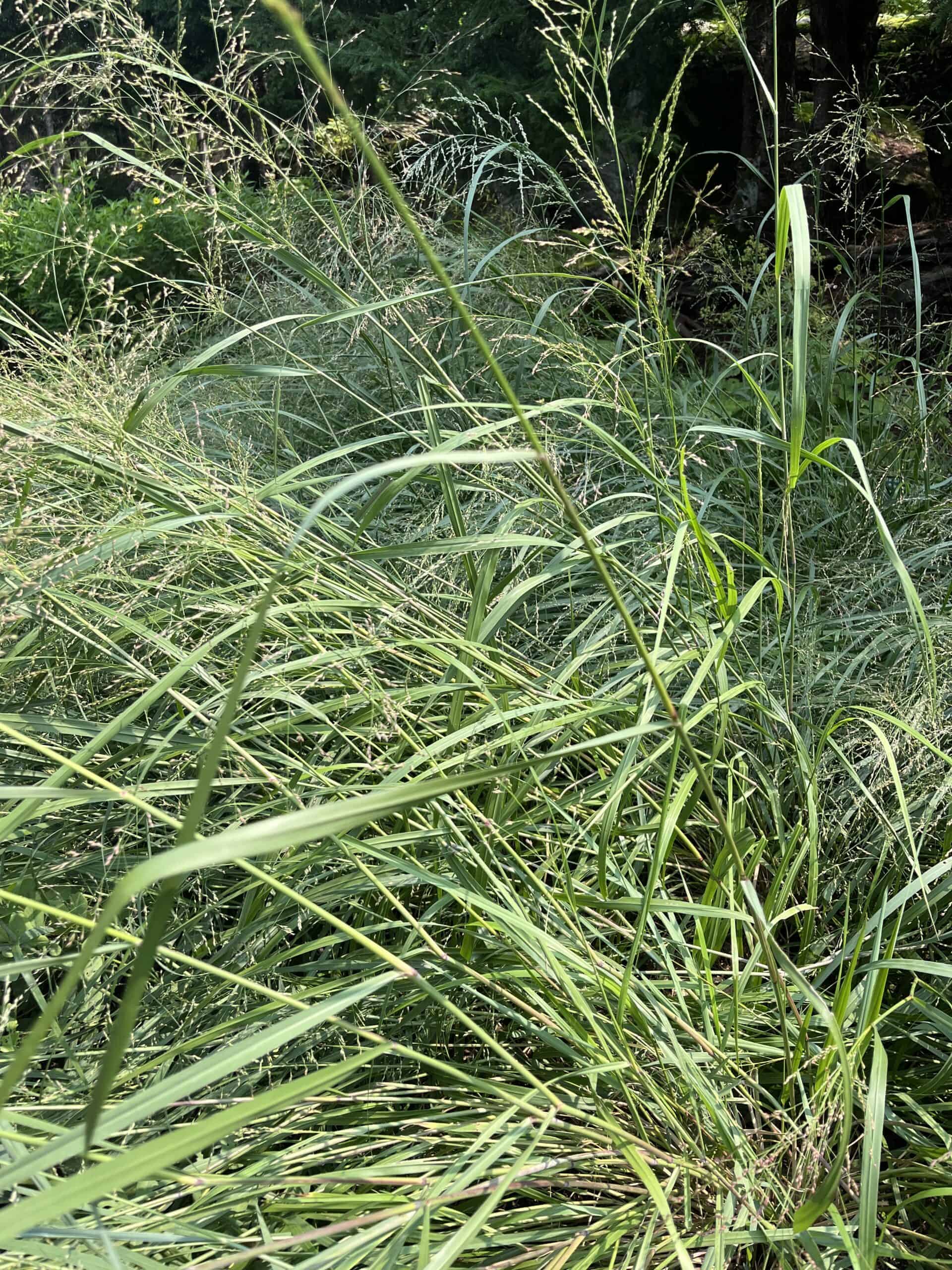
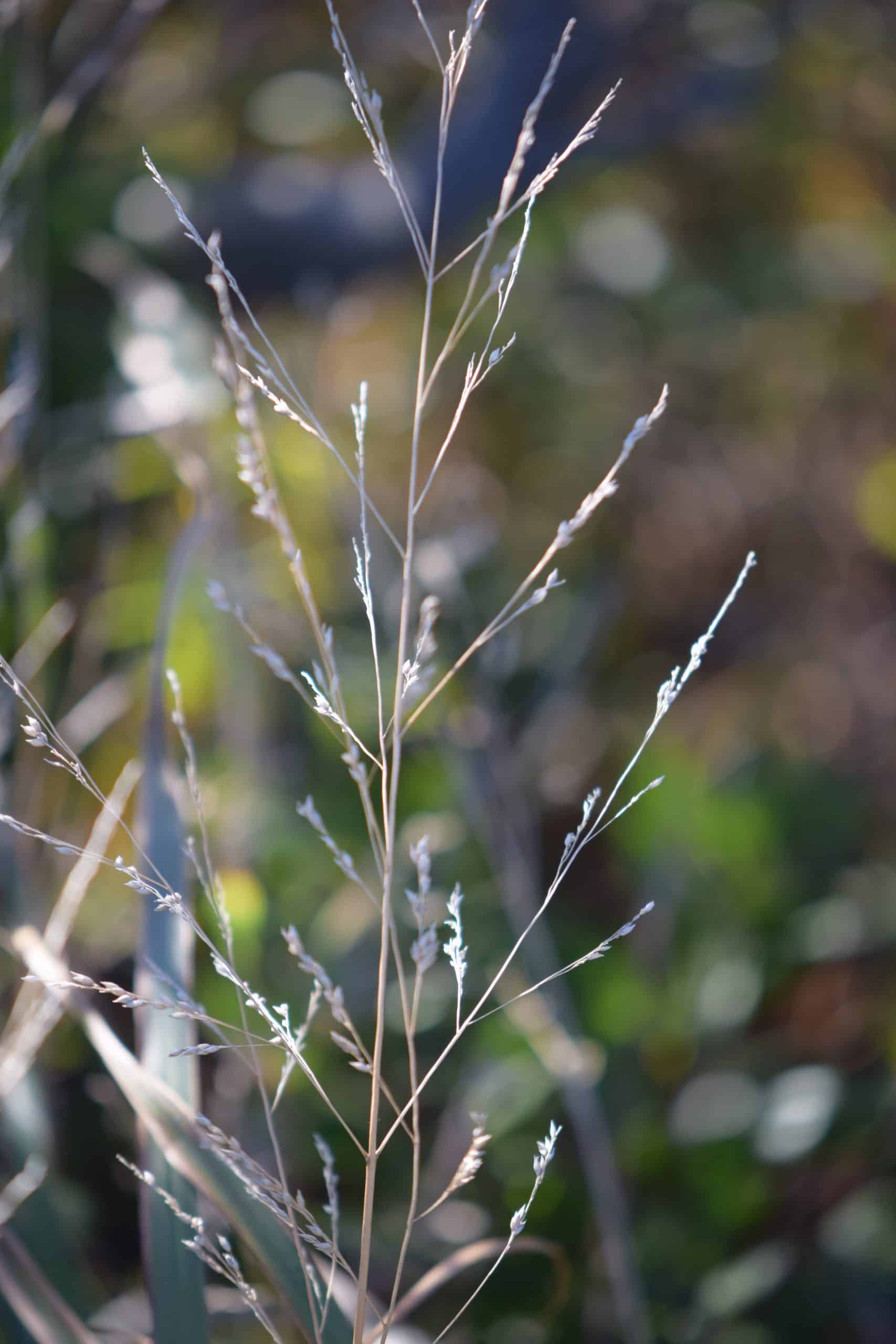
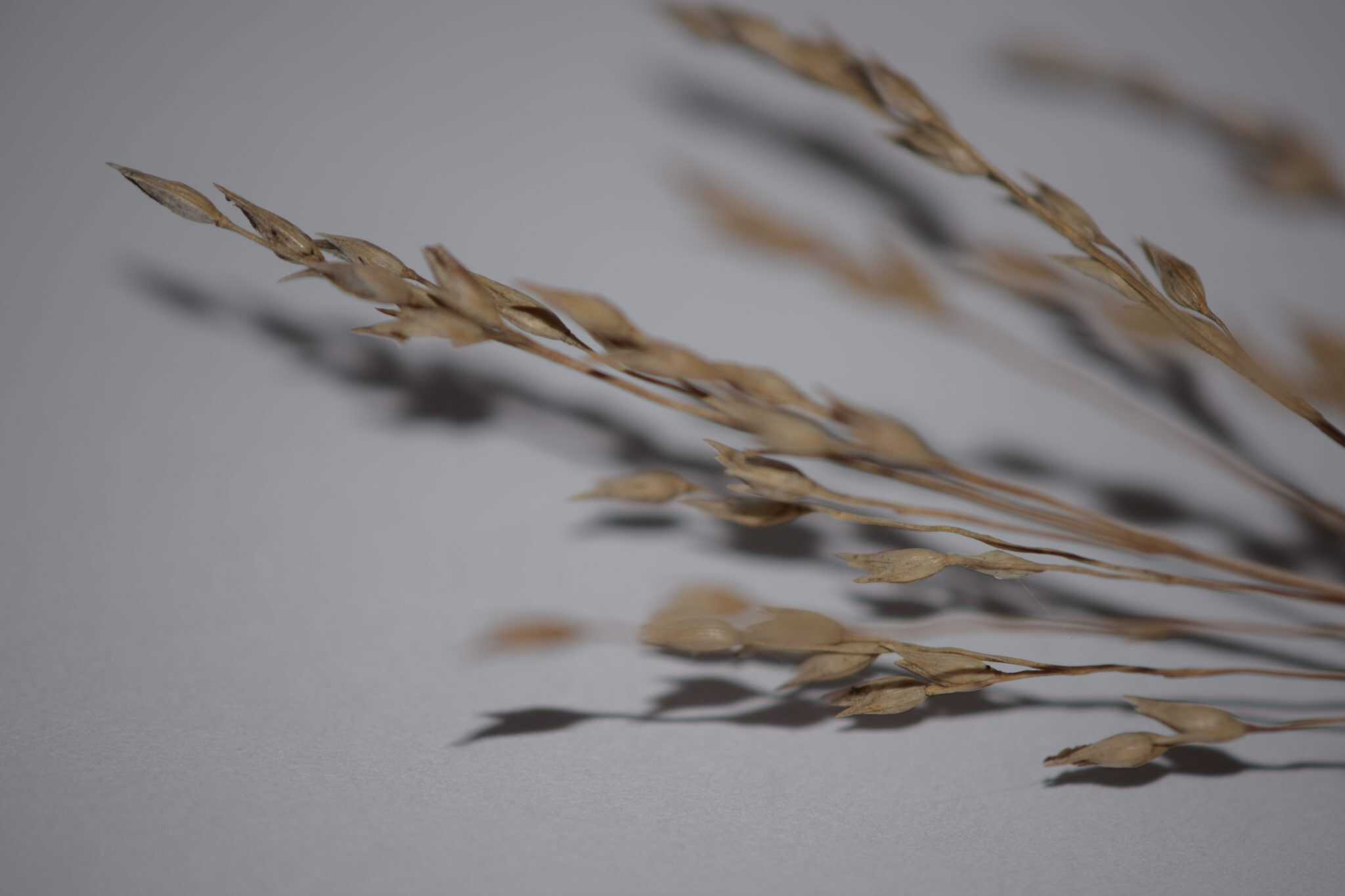
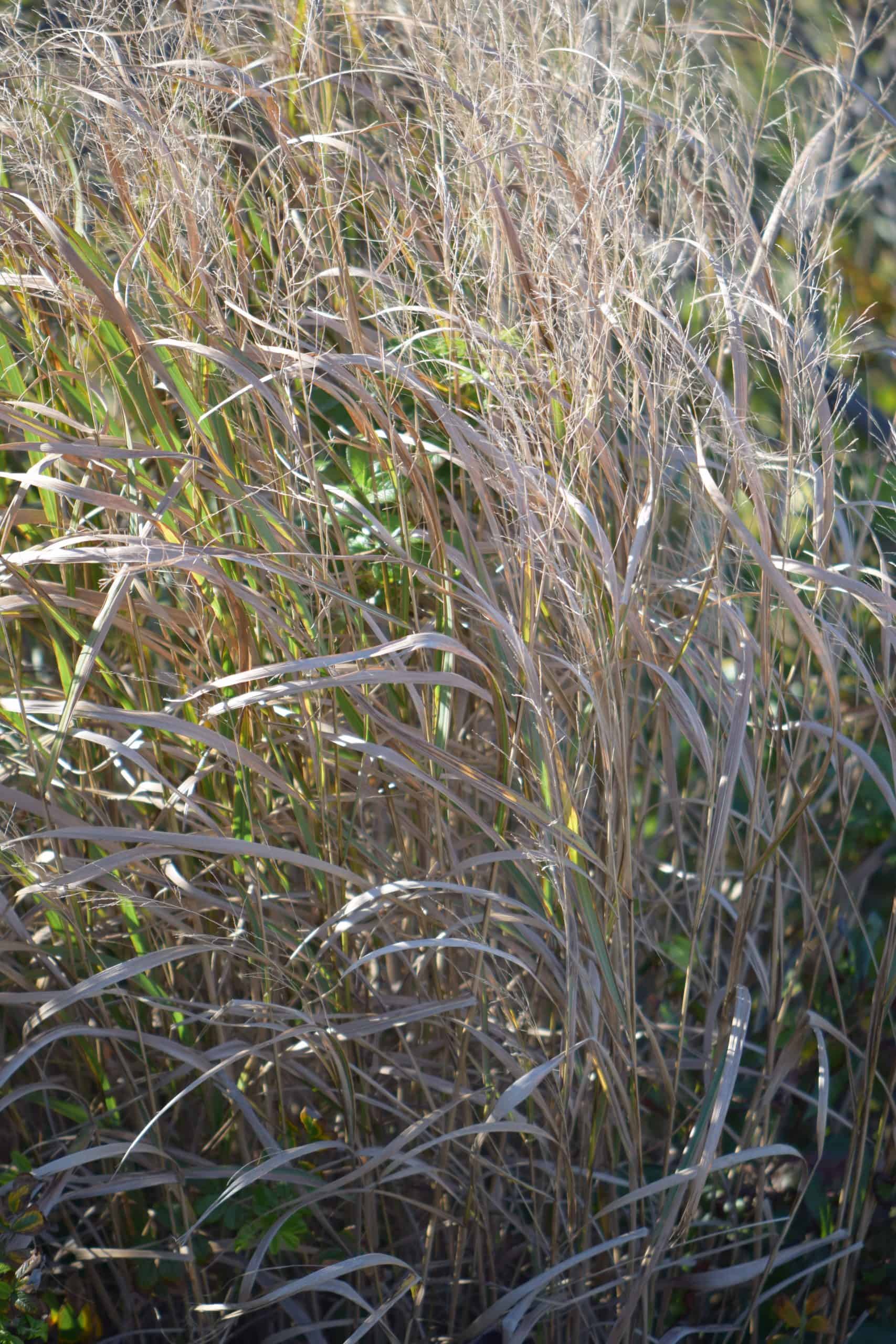
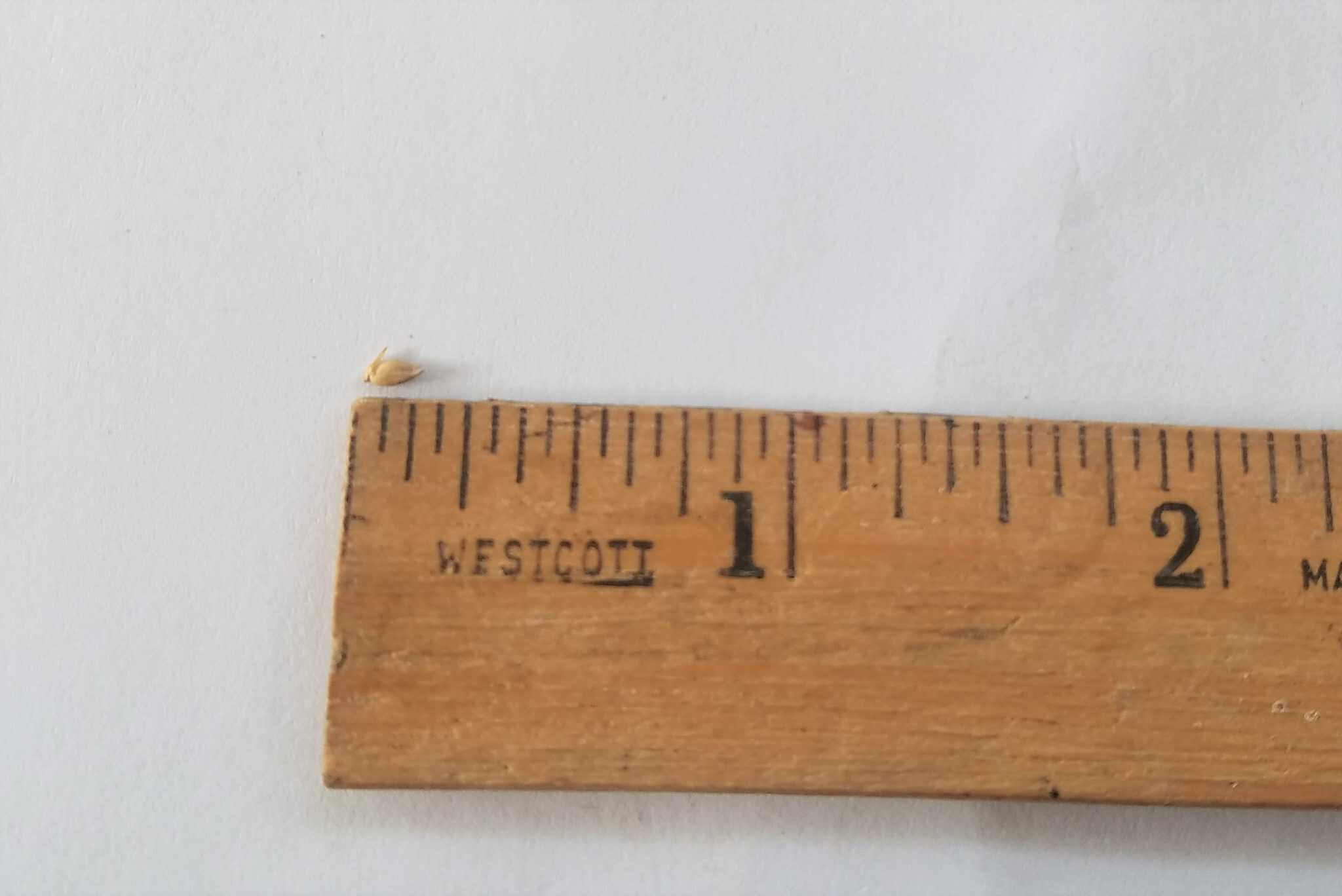
General
A warm-season perennial grass native to North America, known for its upright growth habit and extensive root system. It typically grows 3 to 6 feet (about 0.9 to 1.8 meters) tall and forms dense clumps of bluish-green foliage. Switchgrass is valued for its ecological benefits, such as erosion control, wildlife habitat, and as a biofuel crop.
Plant Description
Features tall, sturdy stems with narrow, lance-shaped leaves that have a distinct bluish-green coloration. Its inflorescences are airy and open, branching out with tiny spikelets that turn reddish-brown as they mature. Switchgrass creates a striking visual contrast in prairie landscapes, especially when its fluffy seed heads sway in the wind during late summer to fall.
Height (ft)
3-6'
Soil moisture
Dry to moist
Soil types
Well drained soils, sandy, loamy, clay
Wetland indicator
FAC
Shade tolerance
Full Sun
Bloom color
Purple, green to reddish brown
Bloom period
Mid summer to early fall
Drought tolerance
High
Salinity tolerance
Low
Range
Distributed widely across North America, particularly in the central and eastern regions of the United States. It can be found from the eastern seaboard westward to the Great Plains and into parts of the southwestern United States
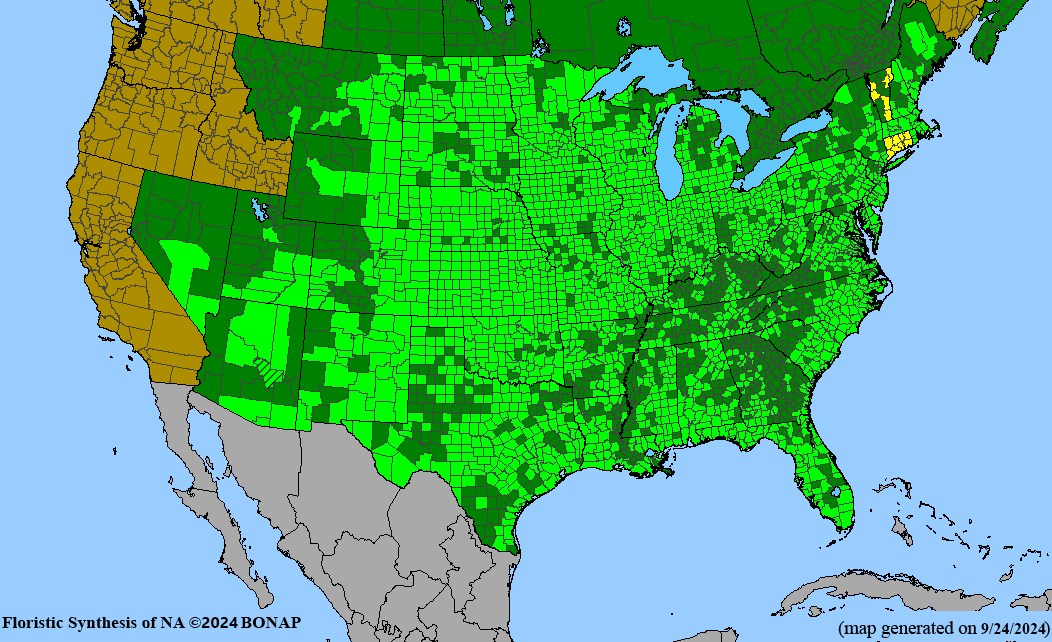
Kartesz, J.T. 2024. Floristic Synthesis of North America, Version 1.0. Biota of North America Program (BONAP) [website http://bonap.org/]
Additional Information
According to USDA NRCS Plant Materials Program, switch grass has been a recent interest as a source for renewable biofuel. The Booneville, Arkansas Plant Materials Center and Oklahoma State University have been evaluating types of switchgrass as a biomass energy source. According to Farm-Energy supported by the Extension Foundation and USDA, this species has a high biomass yield, adaptability and lower requirements for growing which means that this plant would be a good choice for a biofuel.
